
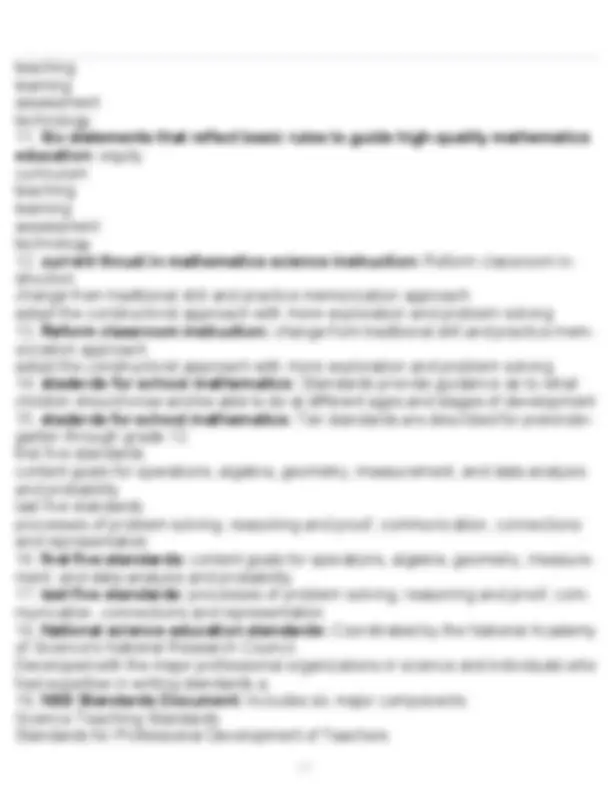
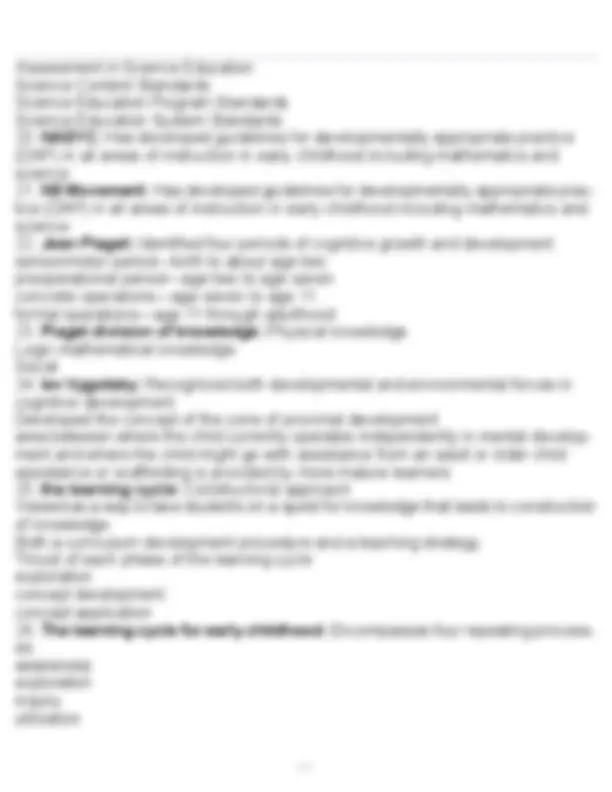
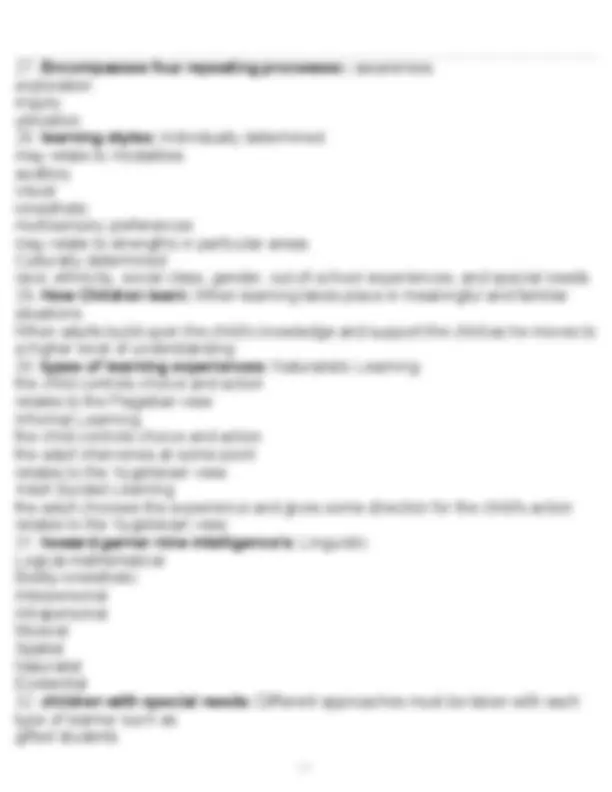
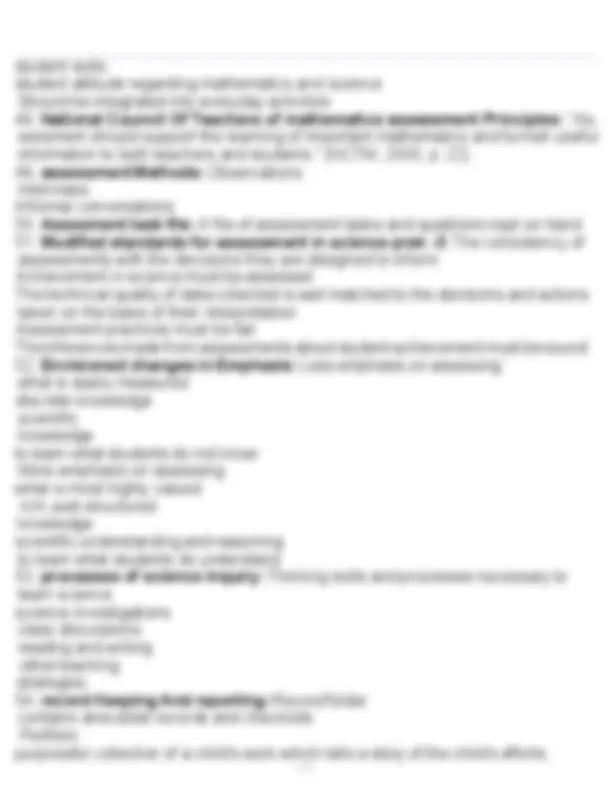

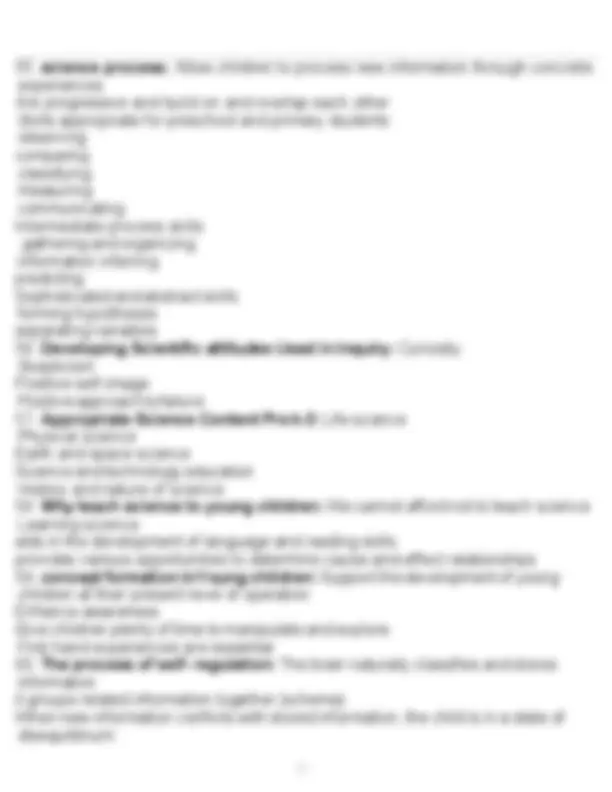
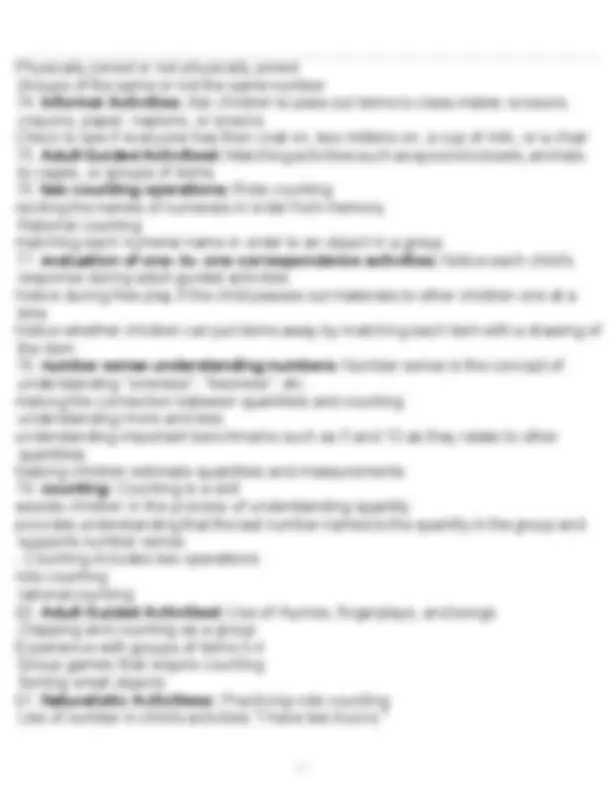
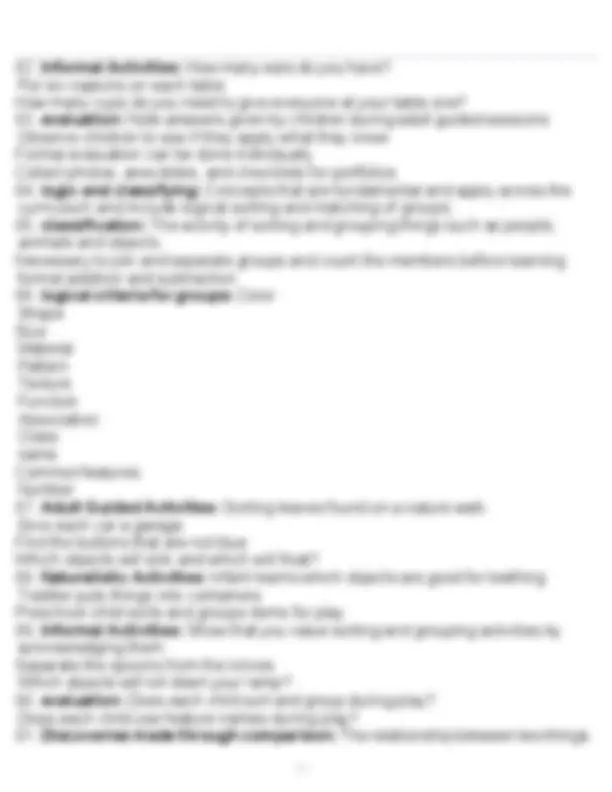

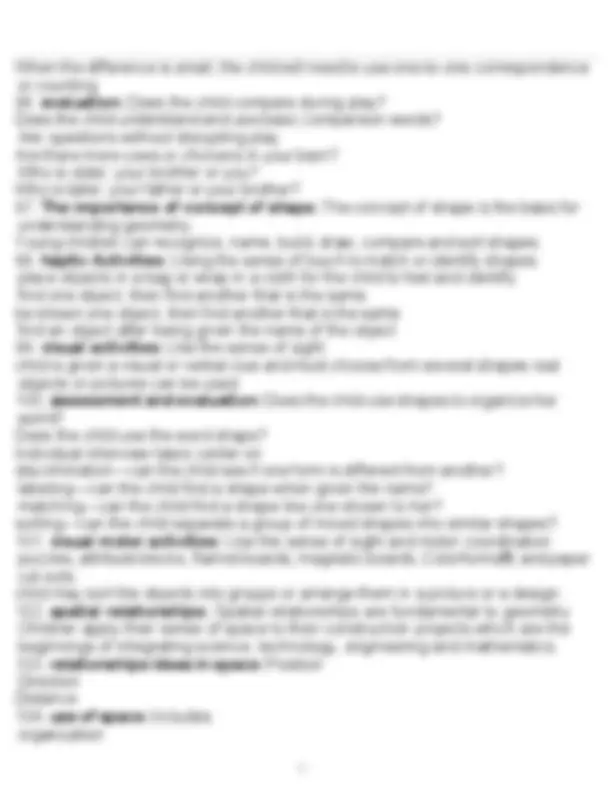
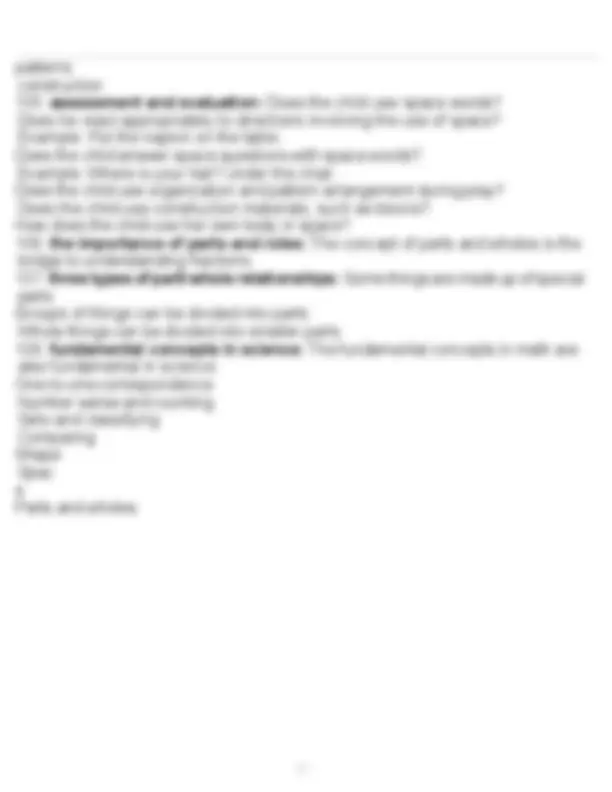


Study with the several resources on Docsity

Earn points by helping other students or get them with a premium plan


Prepare for your exams
Study with the several resources on Docsity

Earn points to download
Earn points by helping other students or get them with a premium plan
Community
Ask the community for help and clear up your study doubts
Discover the best universities in your country according to Docsity users
Free resources
Download our free guides on studying techniques, anxiety management strategies, and thesis advice from Docsity tutors
MATH AND SCIENCE CHAPTER 1-4 QUESTIONS AND ANSWERS WELL ILLUSTRATED.MATH AND SCIENCE CHAPTER 1-4 QUESTIONS AND ANSWERS WELL ILLUSTRATED.MATH AND SCIENCE CHAPTER 1-4 QUESTIONS AND ANSWERS WELL ILLUSTRATED.MATH AND SCIENCE CHAPTER 1-4 QUESTIONS AND ANSWERS WELL ILLUSTRATED.MATH AND SCIENCE CHAPTER 1-4 QUESTIONS AND ANSWERS WELL ILLUSTRATED.
Typology: Exercises
1 / 19

This page cannot be seen from the preview
Don't miss anything!












1 / 19
2 / 19
4 / 19 Assessment in Science Education Science Content Standards Science Education Program Standards Science Education System Standards
5 / 19
7 g/ g 19
8 g/ g 19 student gskills student gattitude gregarding gmathematics gand gscience gShould gbe gintegrated ginto geveryday gactivities
10 g/ g 19
11 g/ g 19 this gcreates ga gteachable gmoment in gthis gstate, gchildren gactively gseek ginformation When gsufficient ginformation gis ggathered gto gexplain gthe gconflict, gthe gchild greturns gto ga gstate gof gequilibrium
13 g/ g 19 Physically gjoined gor gnot gphysically gjoined gGroups gof gthe gsame gor gnot gthe gsame gnumber
14 g/ g 19
16 g/ g 19 informal gmeasurement gsize length gheight gweigh t gspeed quantity gmeasurement are gtwo ggroups gthe gsame gor gdoes gone ggroup ghave gmore gthings?
17 g/ g 19 When gthe gdifference gbetween gtwo ggroups gis glarge, gthe gchild gcan gtell gthat gone gis glarger gthan gthe gother gby glooking
19 g/ g 19 patterns gconstruction